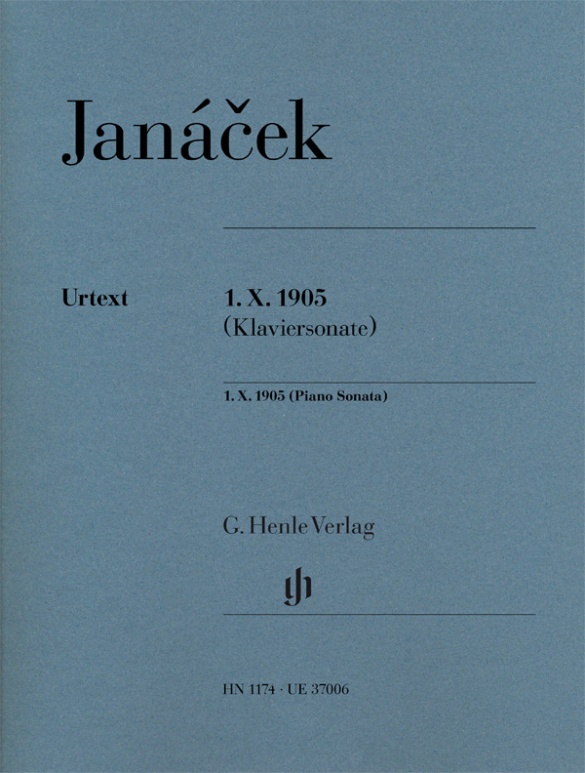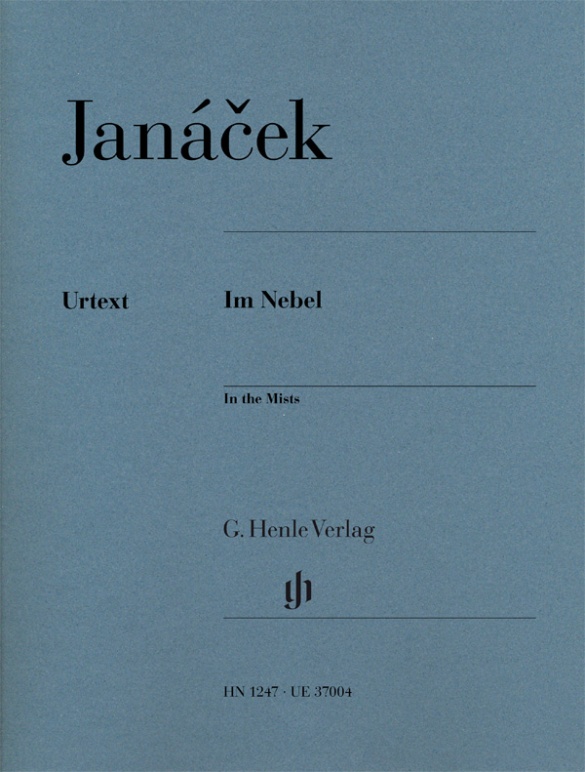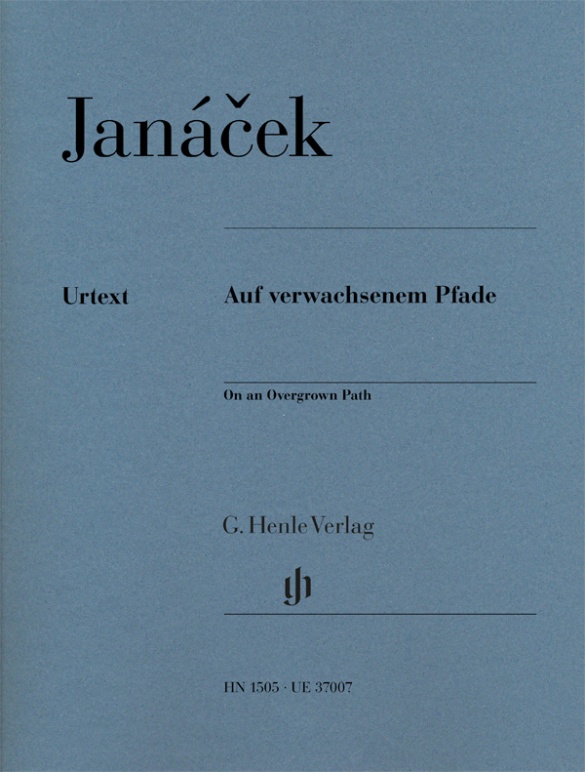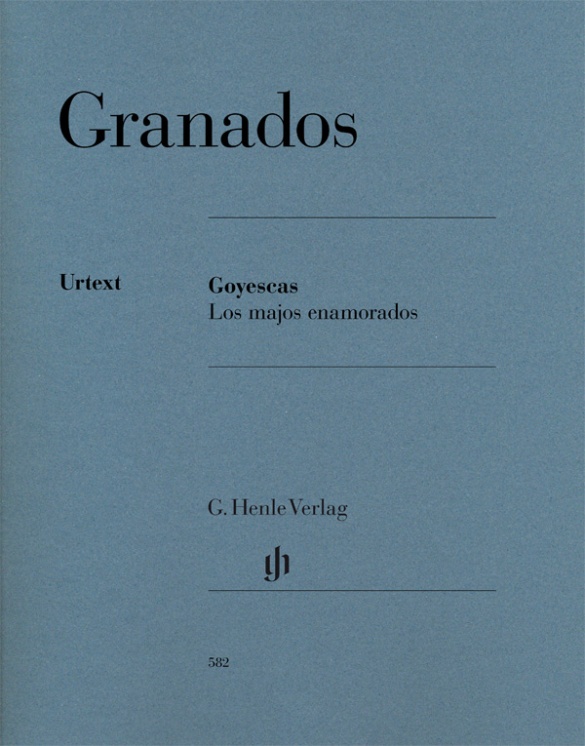Leos Janácek
1. X. 1905 (Piano Sonata)
The composition “1.X.1905,” generally referred to as a “sonata,” stems from the autumn of 1905, the peak of the riots between the Czech- and German-speaking populations in Janáček’s hometown Brno. Reacting to the violent death of a Czech worker, Janáček wrote a three-part composition for piano originally bearing the title “From the Street, on October 1, 1905.” Dissatisfied with the work, however, Janáček is said to have first burned the third movement in his fireplace and then thrown the remaining two movements into the Vltava, even before its premiere. A copy of these first two movements on which the publication of the first edition was later based is also missing today. For this reason, the Urtext edition of G. Henle Publishers and Universal Edition is based solely on the first edition from 1924, which Janáček expert Jiří Zahrádka has carefully evaluated and annotated for this volume.
内容/詳細
作曲家について
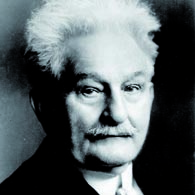
Leos Janácek
He is regarded today as one of the classic opera composers of the twentieth century, whose oeuvre renounces the opera of the nineteenth century to feature music-dramatic realism. He was well known earlier for his choir, chamber, and orchestral works and his collections of folk songs.
| 1854 | Born in Hukvaldy (Moravia) on July 3, the son of a teacher and cantor. |
| 1866 | Chorister at the Augustinian abbey in Brno; music lessons with Pavel Křížkovský, attends the German primary school. |
| 1869–72 | Education at the Slavic Teacher’s Institute, then teacher and choir director in Brno. |
| 1874–75 | Studies at the Prague organ school. |
| 1877 | Suite for Strings. |
| 1879–80 | Studies at the Leipzig Conservatory and in 1880 at the Vienna Conservatory, composes instrumental works. |
| 1881 | Founds an organ school in Brno, which he directs himself. |
| 1884–88 | Reviews of opera performances at the newly opened theater in Brno. |
| 1887 | Beginning of his first operatic composition, “Šárka.” |
| 1890/1899/1901 | Publication of folksong collections. |
| 1904 | Premiere in Brno of the opera “Jenůfa,” which brings him great acclaim and is his most important opera; it treats the problem of the freedom of the individual within the confines of a village community and is regarded as a work of realism. |
| after 1905 | He primarily composes operas drawn from the model of “Jenůfa”: in 1903–07 “Osud” (Fate), “The Excursions of Mr. Brouček” (1908–1920), “Káťa Kabanová” (1920–1921), “The Cunning Little Vixen” (1922–1924), “The Makropulos Case” (1923–1925), “From the House of the Dead” (1927/28) in Brno. |
| 1926 | Sinfonietta; Concertino for piano, two violins, viola, clarinet, French horn, and bassoon; sketches for the violin concerto “The Wandering of a Poor Soul.” |
| 1928 | Death in Moravská Ostrava (Moravian Ostrava) on August 12. |
製品安全に関する情報

G. Henle Verlag
製品の製造元に関する情報はこちらでご覧いただけます。G. Henle Verlag
Forstenrieder Allee 122
81476 München
info@henle.de
www.henle.com
It is wonderful that the publishers have re-discovered this rarely-heard work and included background information to aid greater in-depths performances. It will be welcomed by advanced pianists.
EPTA Piano Journal, 2021おすすめ
autogenerated_cross_selling
このタイトルを含む他の版
このタイトルを含む他の版


